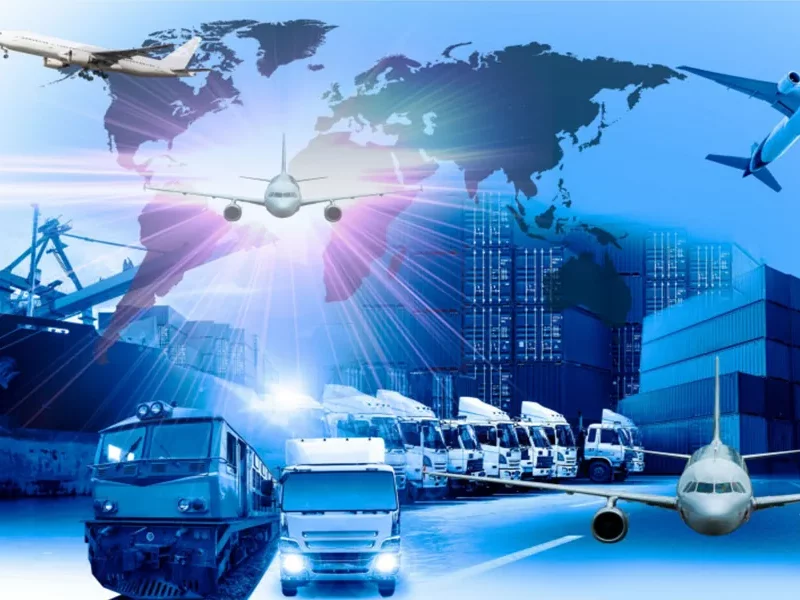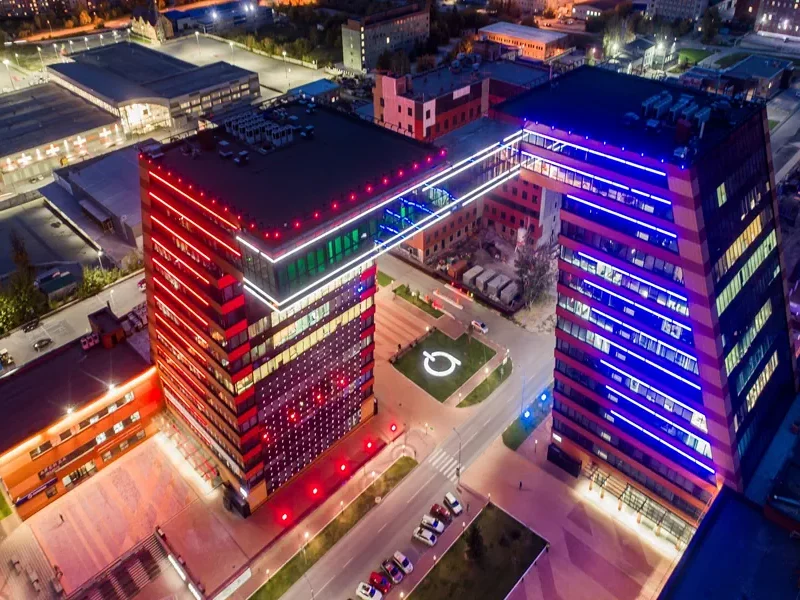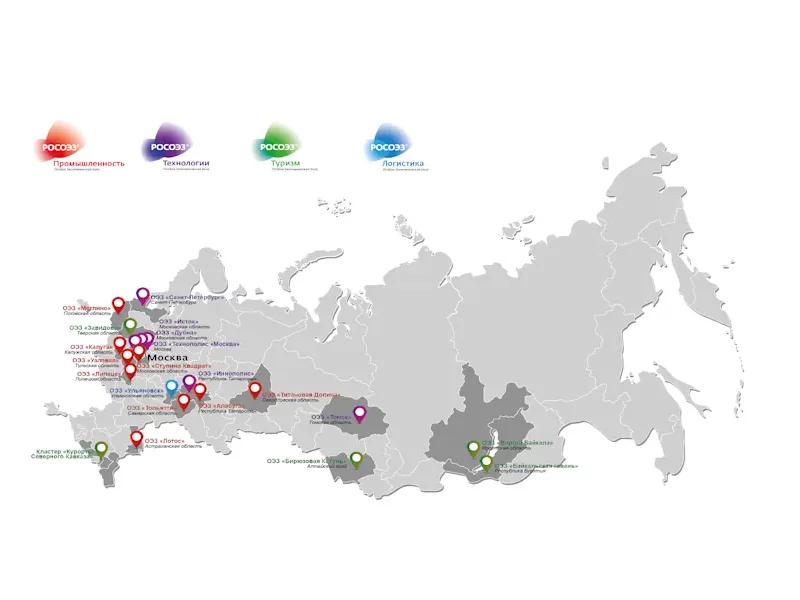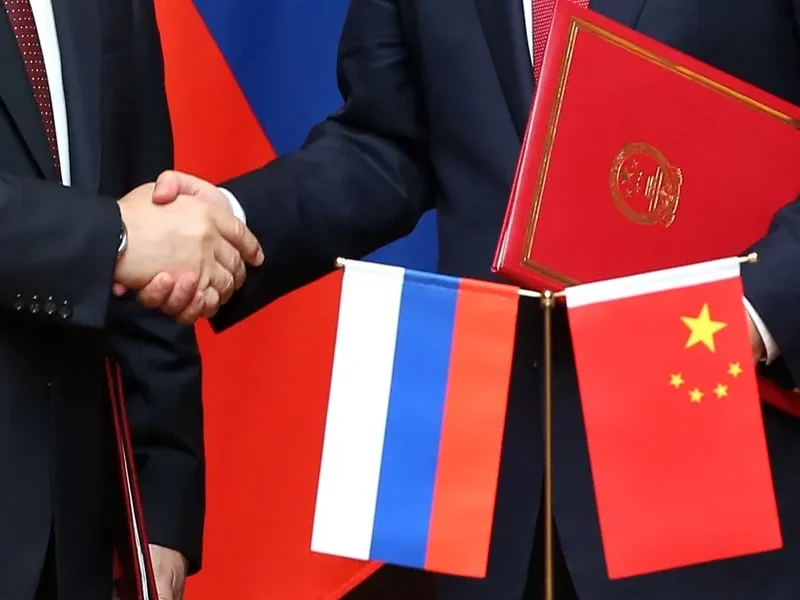The state and level of development of the transportation system hold significant importance for the Russian Federation. Alongside other sectors of the economy, transportation provides the fundamental conditions for societal activities and contributes to achieving social, economic, foreign policy, and other state goals.
In contemporary conditions, transportation stands as one of the defining factors in accelerating economic development. To enhance its functioning, further digitization and modern legal regulation of this sphere are necessary. To this end, the state program ‘Development of the Transport System’ came into effect in January 2018.
Goals of State Policy in the Transportation Sector
The government program aims to address the following tasks:
- Improve accessibility to remote territories.
- Increase cargo volumes and the speed of their delivery.
- Enhance citizen mobility.
- Develop tourism within the country.
- Increase the number of multimodal transports.
- Develop logistic technologies.
To achieve these goals, a set of activities has been outlined.
Expanding Transport Accessibility
The creation of a Unified Supportive Transport Network is planned, involving:
- Developing international transport corridors.
- Establishing a network of civil aviation aerodromes.
- Increasing the capacity of waterways leading to ports.
- Developing major routes in urban agglomerations.
- Constructing bypass routes for major cities.
- Enhancing the foundational logistics infrastructure.
To promote freight transport, plans include ensuring robust logistics in border zones, adjusting tariff policies, launching regular container trains between major city agglomerations, and developing multimodal infrastructure.
Accomplishing these tasks will ensure the territorial integrity and defense capability of the state.
Enhancing Population Mobility
Accessible and quality transportation services will boost the mobility of Russian citizens. To ensure accessibility, the development of domestic civil aviation and railway transport is planned, with bus and water transportation development in rural areas.
To expedite the development of rural settlements and increase population numbers, it is necessary to build paved roads and expand the local road network.
In urban settings, priority is given to the development of passenger transport. To ensure accessibility to residential areas, workplaces, and recreational facilities, plans include the development of mixed-mode public transport, known as ‘city-suburb.’
To optimize traffic flows in urban conditions, there are plans to shift part of the freight traffic to rail and water transport, as well as construct bypass routes for urban agglomerations.
Transportation must be safe for the population, so its negative technogenic and ecological impact needs to be minimized. To achieve this, Transport Strategy, approved by Decree No. 3363-r on November 27, 2021, is implemented, influencing the achievement of all state transportation policy goals. To ensure public transport safety, it is necessary to enhance counter-terrorism protection and road traffic safety, taking measures to prevent and eliminate emergencies.
Digitization of the Transportation Sector
For the effective functioning of the transportation sector, its digital transformation is required, involving:
- Creating and developing a system for monitoring cargo movements, analyzing freight flows, and planning transport corridors.
- Introducing automated and unmanned transport systems.
- Developing intelligent urban transportation systems.
- Establishing a nationwide system for transport documents.
- Transitioning to the provision of transport-related government services in electronic form.
The implementation of new digital technologies will improve the quality and accessibility of services in transportation and logistics, contributing to the development of internal and international transport, their reliability, and safety
Regions’ Participation in Program Implementation
The policy of Russian Federation regions in the transport sector is an integral part of the state program. It must take into account the socio-economic peculiarities and transport needs of the regions. Local authorities should primarily focus on developing public transport, monitoring the condition of roads of general use, ensuring accessibility of remote territories, and maintaining and developing the transport infrastructure owned by the region.
Currently, Russian Federation subjects participate in several events of the state program, namely:
- The railway infrastructure of the Central and St. Petersburg transport hubs is being developed.
- Regional and intermunicipal roads are being constructed and reconstructed.
- Airport complexes owned by the regions are being reconstructed.
- In major cities, intracity railway communication systems (surface metro) are being created.
- The rolling stock of urban public transport is being updated.
- Transport services in rural areas are being improved.
National Development Goals of the Russian Federation
The state program “Development of the Transport System” is one of the components in achieving the national tasks outlined in Presidential Decree No. 474 dated July 21, 2020. The resolution of these tasks is expected to improve citizens’ quality and duration of life, contribute to increased investments in the economy, and boost the export of processed non-raw materials. The state program aims to address the following tasks:
Preserving Population, Health, and Well-being:
- Implementing new standards and technical requirements for the arrangement of roads to reduce the number of accidents.
- Providing aircraft takeoff for search and rescue operations.
- Introducing a tachograph control system to monitor compliance with the working and rest regime by vehicle drivers.
- Widespread implementation of automated technologies for traffic organization and compliance with traffic rules.
Comfortable and Safe Environment:
- Increasing the share of regional and intermunicipal roads that meet regulatory requirements to 60%.
- Improving the quality of transport services in urban and rural areas through the renewal of rolling stock.
- Forming a backbone road network.
Dignified Labor and Successful Entrepreneurship:
- Developing transport communication along the “West-East” and “North-South” corridors through the construction and reconstruction of federally significant roads.
- Modernizing road sections along the “Europe-Western China” route.
- Developing railway facilities in the Azov-Black Sea, Northwest, and Eastern directions to increase throughput.
- Developing high-speed and high-speed communication between major cities through the construction of a dedicated railway line.
- Increasing the capacity of Russian seaports.
- Developing the Northern Sea Route.
- Creating modern river infrastructure to ensure year-round navigation in southern regions.
- Reconstructing airports.
- Developing domestic air transportation, forming a regional air network.
- Updating passenger rolling stock.
- Ensuring passenger transportation and cargo delivery to the Far North and the Arctic zone.
- Introducing biometric identification tools at airports and in urban transport.
- Creating cargo unmanned aviation systems with a network of take-off and landing sites.
- Organizing the movement of unmanned vehicles on the M-11 (Moscow-St. Petersburg) road of general use.
- Implementing a system for issuing permits for heavy and oversized transport based on the “single window” principle across the entire road network of the Russian Federation.
Digital Development of the Industry
To achieve this goal, the proposal is to implement biometric identification tools in airports and public transportation, create unmanned cargo aviation systems with a network of take-off and landing sites, organize the movement of unmanned vehicles on the public highway M-11 (Moscow-St. Petersburg), and establish the issuance of permits for heavy and oversized transport using a ‘one-stop’ principle across the entire road network of the Russian Federation.
Priority Territory Development
The state program envisions the priority development of specific territories, including the Kaliningrad Region, the Republic of Crimea and Sevastopol, the Far East, the North Caucasus, and the Arctic zone. The following projects are planned to be implemented in these areas:
- Special Focus on Railway Infrastructure: Special attention to the development of railway facilities, electrical networks, and traction substations.
Ensure the transportation of citizens at preferential rates from the Far East, Simferopol, and Kaliningrad to the European part of the country and back.
- Reconstruction of Federal Highways: Reconstruction of sections of federal highways.
Bringing the urban road network and regional and inter-municipal roads in line with regulatory requirements.
- Expansion of Maritime Ports: Increasing the capacities of seaports.
Establishing an emergency rescue fleet to ensure the safety of the Northern Sea Route.
- Airport Reconstruction: Reconstruction of airports and related facilities.
Organizing airport operations in the Arctic, the Far East, and the Far North regions.
- Modernization of Public Transport: Updating the rolling stock of public passenger transport.
- Border Crossings and Customs Points: Modernizing and constructing new border crossings.
To achieve the goals set by the state program, effective collaboration between federal and regional executive authorities must be ensured.
Which projects have been implemented under the program?

Extensive construction and reconstruction work has been carried out on major highways, including significant routes such as the M-4 “Don,” M-11 “Neva,” specific sections of the Central Ring Road (CRR) in the Moscow region, the Western High-Speed Diameter in St. Petersburg, the “Nadym – Salekhard” road, the A-291 “Tavrida” highway, and bypasses for the cities of Torzhok, Podolsk, Murom, Vyshny Volochek, Odintsovo, have been successfully completed.
This encompasses the launch of the truck traffic control system “Platon,” the construction of regional and local roads financed from the federal budget. Large-scale bridge structures have also been erected, including the bridge to Russky Island in Vladivostok, the Crimean Bridge, and bridges in Irkutsk, Novosibirsk, Samara, Blagoveshchensk, and Krasnoyarsk.
The implementation strategy of this project is divided into three phases. The first phase covers the period from 2021 to 2024 with a budget of 12.6 trillion rubles. The second phase is planned for 2025-2030 with financing of 24.8 trillion rubles. The third phase, envisaged for 2031-2035, has a budget of 23 trillion rubles.
Разрабатываем Стратегии для собственников бизнеса в целях оптимизации группы компаний, решения нестандартных задач и продажи активов. Оказываем услуги по сопровождению сделок M&A, управлению непрофильными активами и проектами в целом.













